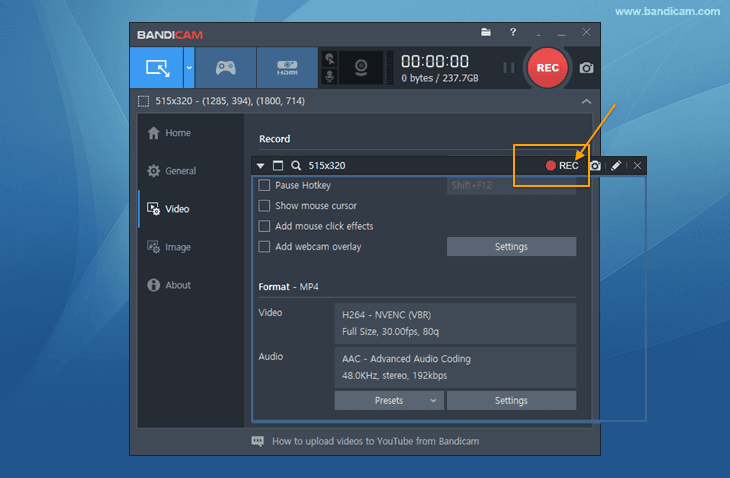
Then, assuming that plays in sync you should try doing a straight codec copy and remux the source into a different format, i.e.: ffmpeg -i input.avi -acodec copy -vcodec copy output.mkv I'd recommend starting by dumping the video to an uncompressed AVI for testing as it's the most consistent format to encode from ffmpeg -i input.avi -acodec copy -vcodec rawvideo output.avi It may have dropped frames if they were duplicates, if the source plays fine then your problem is more likely related to the fact that AVI containers don't handle VBR encoded formats very well (h264 in particular doesn't play well with AVI). Any ideas how to convert it with ffmpeg and keep the audio and video synced? Thanks. Two inputs of same file with mapping using -map 0:0 -map 1:1. async 1ĭoesn't work, but it does show dropped frames being duplicated. This doesn't work because as the video progresses it becomes more and more out of sync.


I have tried EVERYTHING I can think of including: -itsoffset 00:00:01 Here is my basic command in ffmpeg: ffmpeg -i "C:\.\input.avi" -vcodec libx264 -q 5 -acodec libmp3lame -ar 44100 -ac 2 -b:a 128k "C:\.\output.avi" So, when I convert the file to h264, the video and audio are out of sync, and appear to be more and more out of sync as output video progresses. I know there are dropped frames in the video stream.more than 100 in the first two minutes, which I assume is simply because Bandicam dropped some when it couldn't keep up.

Now, I am trying to convert that massive file to a h264 avi using ffmpeg. I recorded a video using Bandicam with the MJPEG encoder to get the least amount of lag.


 0 kommentar(er)
0 kommentar(er)
